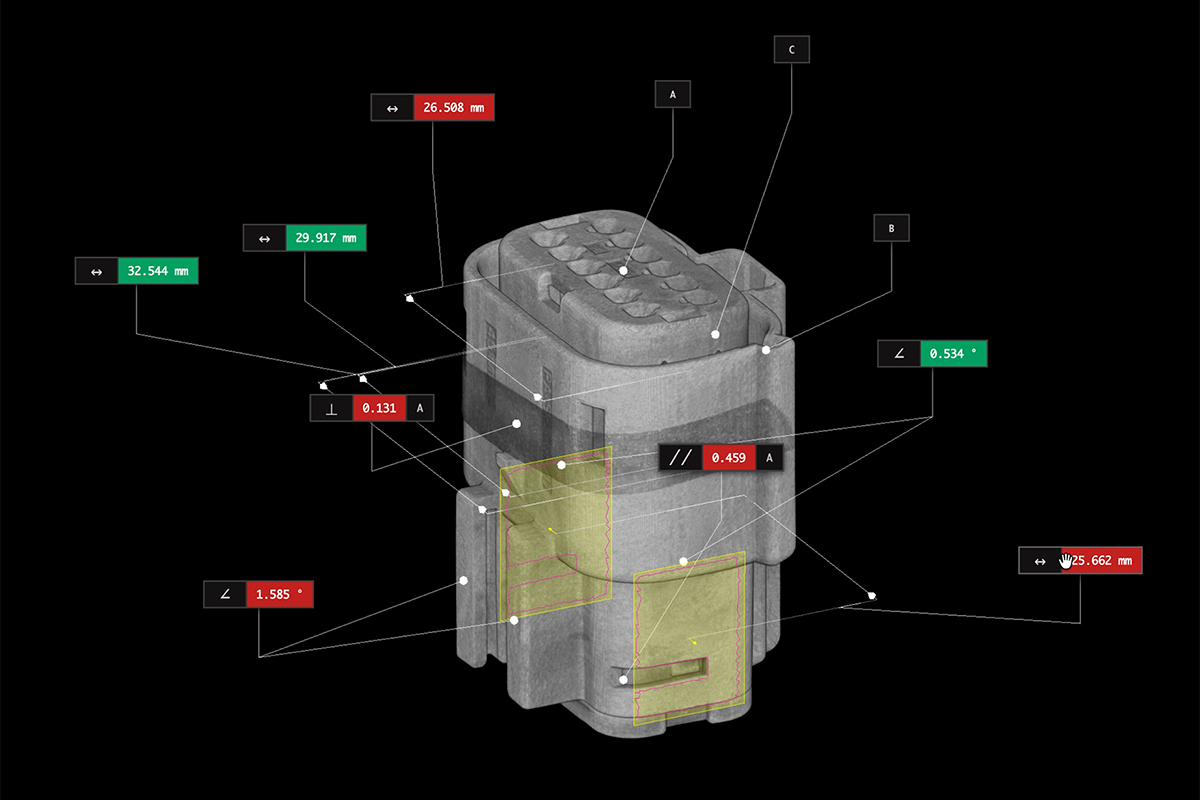Inside Furby 2023
Furby has come a long way since its debut in 1998. Hasbro’s new 2023 Furby updates the beloved but slightly creepy toy with a new look and more advanced engineering and design. Becky Stern and David Cranor recently used Lumafield's Neptune industrial X-ray CT scanner to help with their teardown of the newly-minted Furby. Let’s take a look through the lens of industrial CT scanning to discover the thoughtful mechanisms that bring this interactive toy to life.
One of the Furby's most endearing features is its reaction to being patted on the head. Inside, this action is detected by a prominent, spring-loaded head-pat sensor. Using our browser-based Voyager software, we can strip away the less dense materials like fur and plastic, isolating the denser components like steel and copper.
Despite how many different movements Furby can perform – eyelids fluttering, ears wiggling, mouth opening, and feet hopping – all these actions are driven by a single motor. Located strategically toward the lower back, just above the batteries, this motor is the heart of the Furby's mobility. The CT scans slice through the Furby from side to side, revealing a complex set of gears and shafts. These components ingeniously convert the motor's rotation into various types of movement, a testament to the toy's sophisticated design.

The secret to how the Furby uses just one motor to control multiple movements lies in its clever use of mechanical systems. The CT scans show a pair of rack-and-pinion assemblies responsible for the ear movements. These assemblies are connected to linear actuators and uniquely shaped cams with wobbly paths. As these cams rotate, they transform the motor's constant rotation into seemingly random back-and-forth movements. This ingenious design allows the Furby to exhibit a range of motions, creating the illusion of a more complex multi-motor system.
Furby is more than a toy; it’s a showcase of innovative engineering. Industrial CT shows us how less is sometimes more when ingenious design achieves complex and varied movements with minimal mechanical components.










